Measuring brain activity during playing a competitive checker game – a fNIRS hyperscanning mini study
Hyperscanning - measuring brain oxygenation of multiple subjects simultaneously - has recently arising great interest in different research fields. It is commonly applied to study the role of different brain regions and inter-brain connectivity during social interaction.
This blog post is the first part of a blog post series on hyperscanning during a competitive checker game giving a general introduction to the usage of fNIRS for competitive hyperscanning.
Functional Near-Infrared Spectroscopy (fNIRS) is a neuroimaging technology that non-invasively measures brain activity by acquiring relative changes in oxygenated and deoxygenated hemoglobin. In comparison to other neuroimaging techniques, such as EEG, fNIRS is relatively insensitive to motion artifacts and hence often used in cognitive studies involving movements. This enables the possibility of performing experiments in everyday settings and during real-life social interactions, leading to conducting more realistic research.
Hyperscanning is a method allowing the measurement of two or more participants simultaneously during social interaction. It can be used in multiple application areas, for instance in developmental studies to assess child-parent relations, or in psychological research to investigate the activation of certain brain regions while interacting or performing social tasks.
Hyperscanning can additionally be used to assess brain activity in competitive situations. Competition requires a social interaction that entails a comparison between multiple subjects. Hence, cognitive abilities are implicated, for instance when monitoring and predicting competitors’ behavior. Previous research suggested that social behavior in competition may influence cognitive performance [1].
Figure 1: Brain activity was measured in two subjects simultaneously while playing checker wearing the Brite Frontal
To assess the feasibility of our devices to perform hyperscanning during competitive social interactions, we conducted an internal mini-study at Artinis which we called the “checker challenge”. In a block design study, six pairs of subjects played checker against each other. Prefrontal brain oxygenation was measured in both participants simultaneously using the Brite Frontal. The prefrontal cortex is known to play a role in cognition, emotions, and social interaction.
Watch our new video to get further input about the checker challenge study and using fNIRS for hyperscanning purposes.
In a second blog post part, the methods of study design, data acquisition, and (basic) data analysis for the checker challenge study will further be elaborated.
Suggested Literature:
[1] Balconi M, Vanutelli ME. Brains in Competition: Improved Cognitive Performance and Inter-Brain Coupling by Hyperscanning Paradigm with Functional Near-Infrared Spectroscopy. Front Behav Neurosci. 2017 Aug 31;11:163
[2] Czeszumski A, Eustergerling S, Lang A, Menrath D, Gerstenberger M, Schuberth S, Schreiber F, Rendon ZZ, König P. Hyperscanning: A Valid Method to Study Neural Inter-brain Underpinnings of Social Interaction. Front Hum Neurosci. 2020 Feb 28;14:39
[3] Kruppa JA, Reindl V, Gerloff C, Oberwelland Weiss E, Prinz J, Herpertz-Dahlmann B, Konrad K, Schulte-Rüther M. Brain and motor synchrony in children and adolescents with ASD-a fNIRS hyperscanning study. Soc Cogn Affect Neurosci. 2021 Jan 18;16(1-2):103-116
[4] Piva M, Zhang X, Noah JA, Chang SWC, Hirsch J. Distributed Neural Activity Patterns during Human-to-Human Competition. Front Hum Neurosci. 2017 Nov 23;11:571




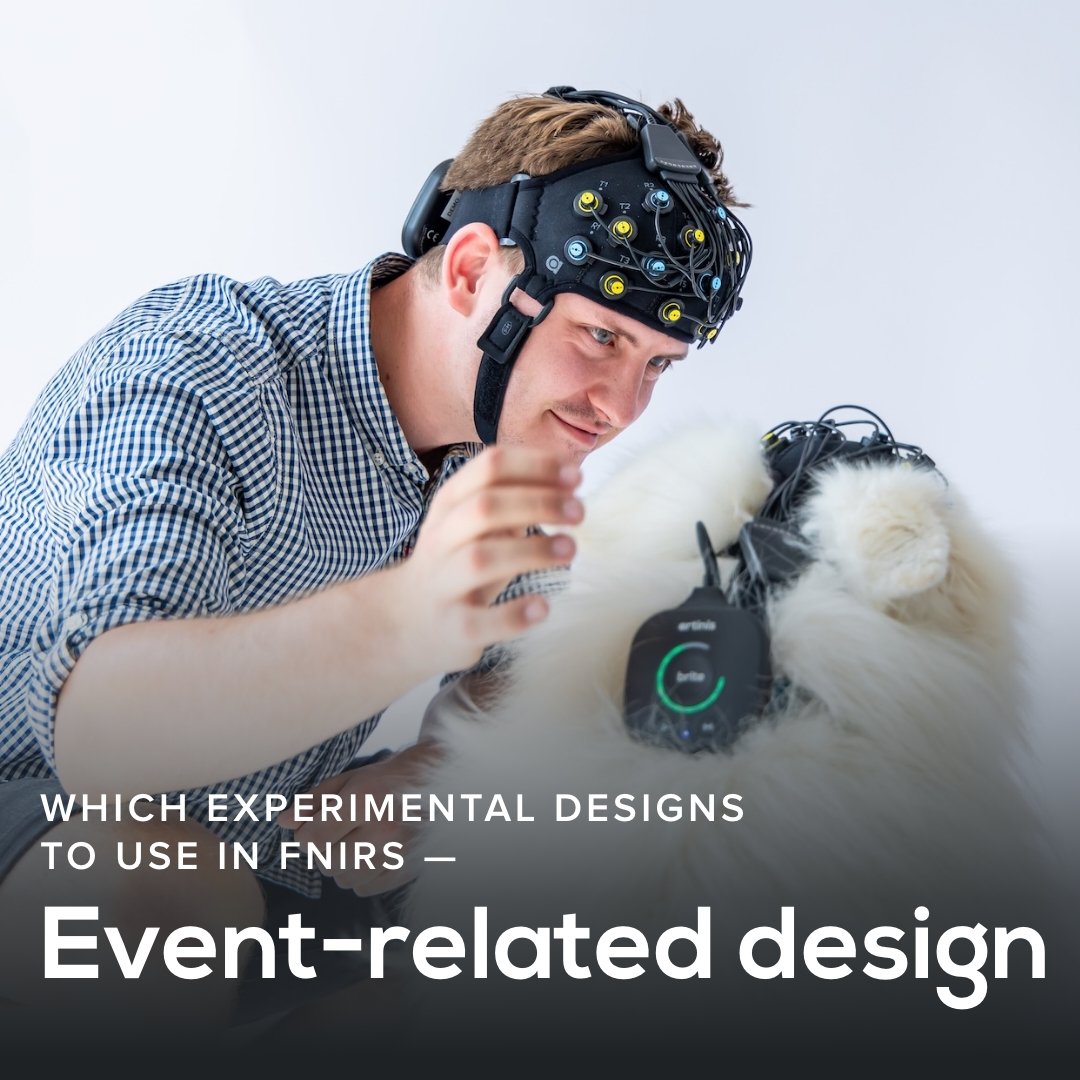
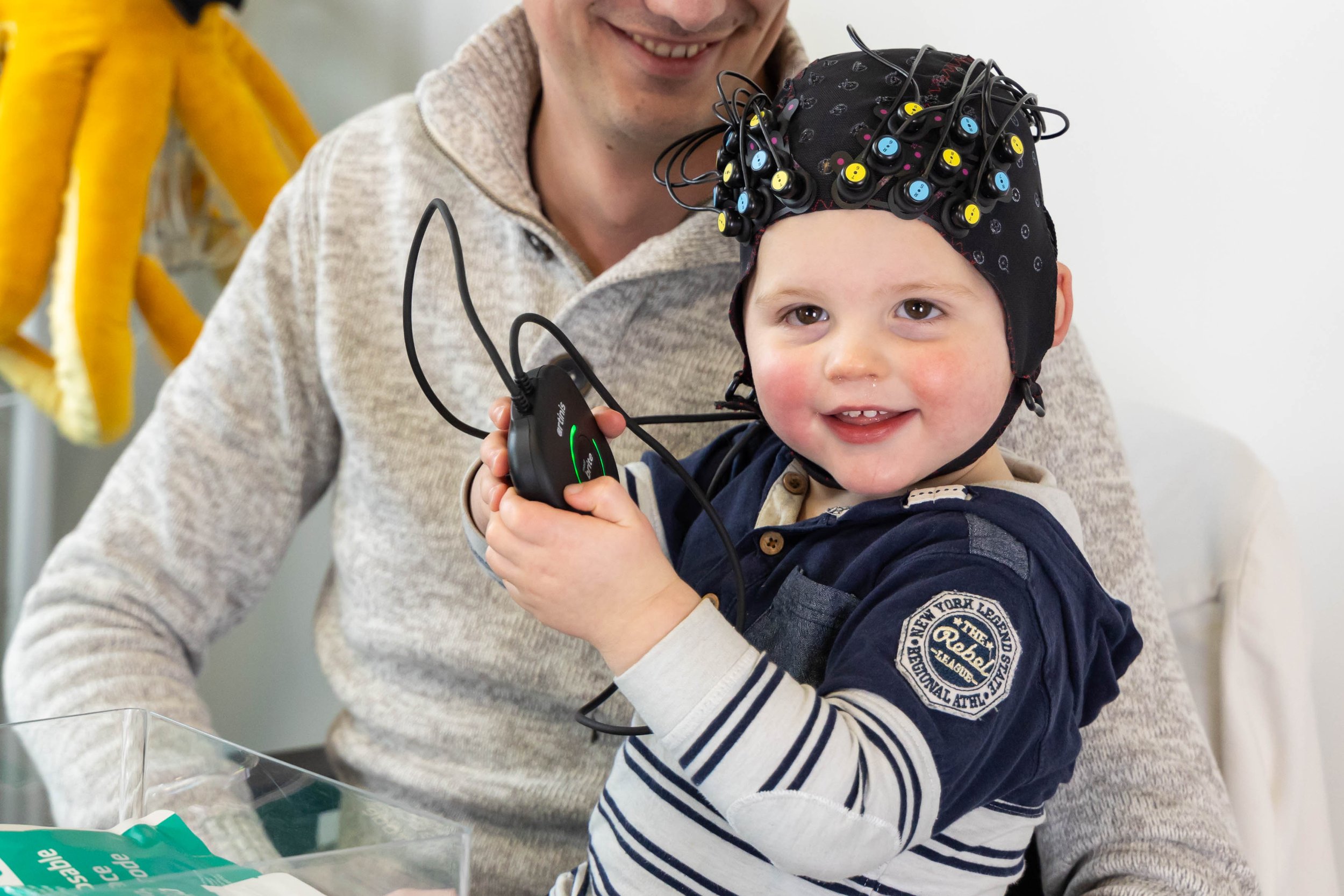

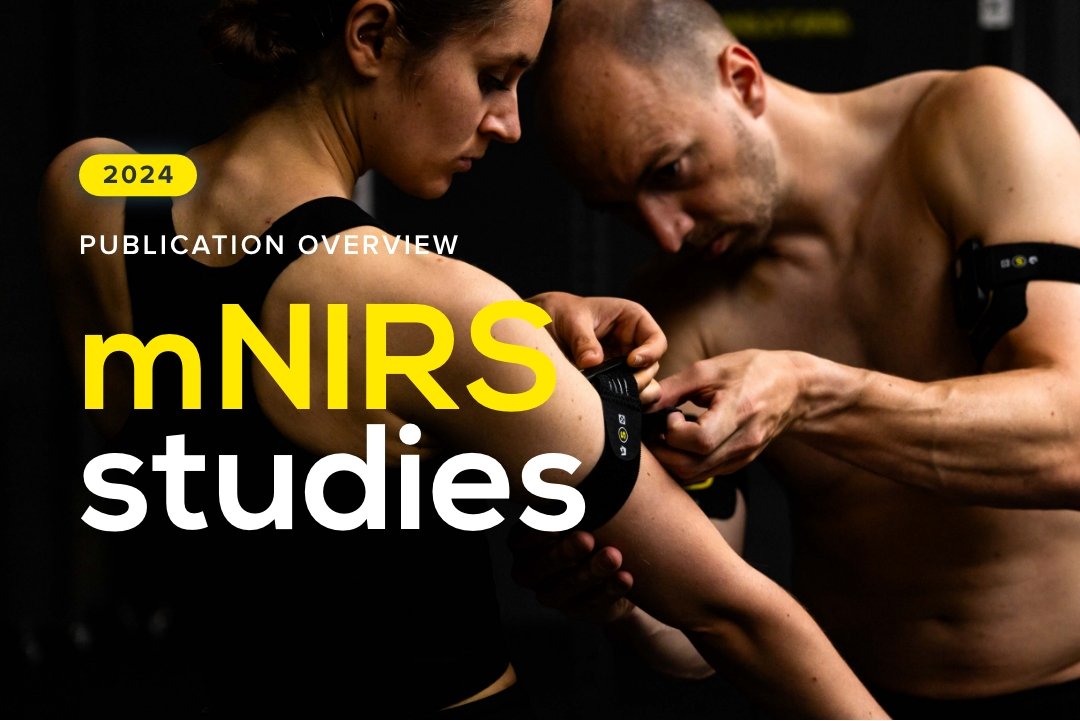
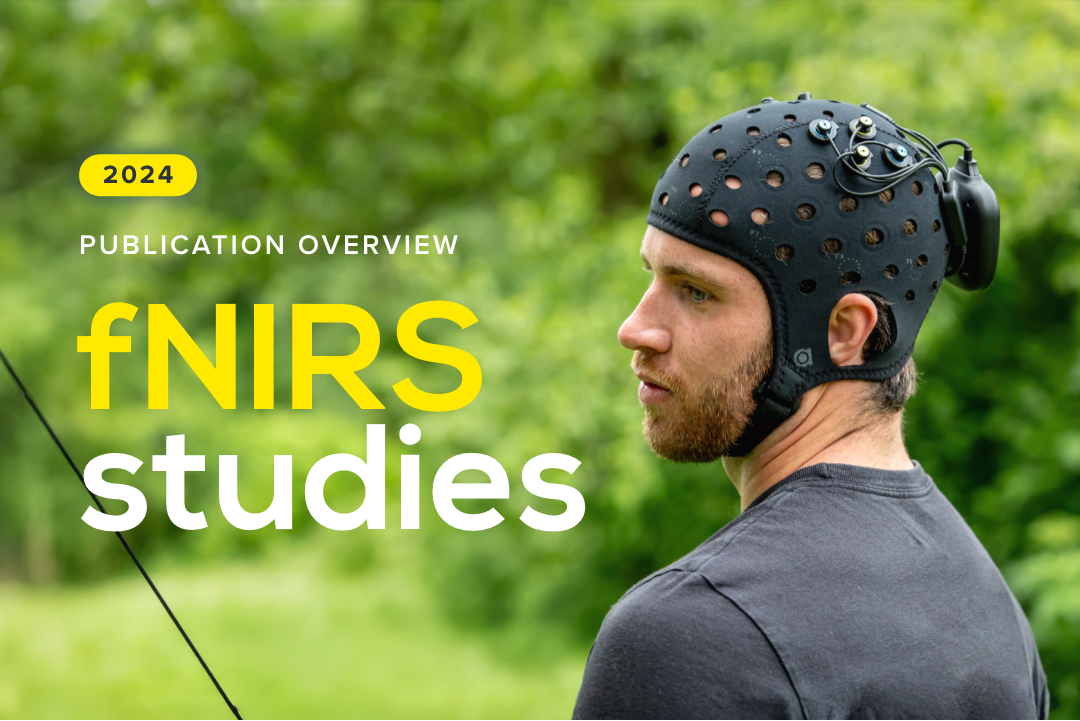
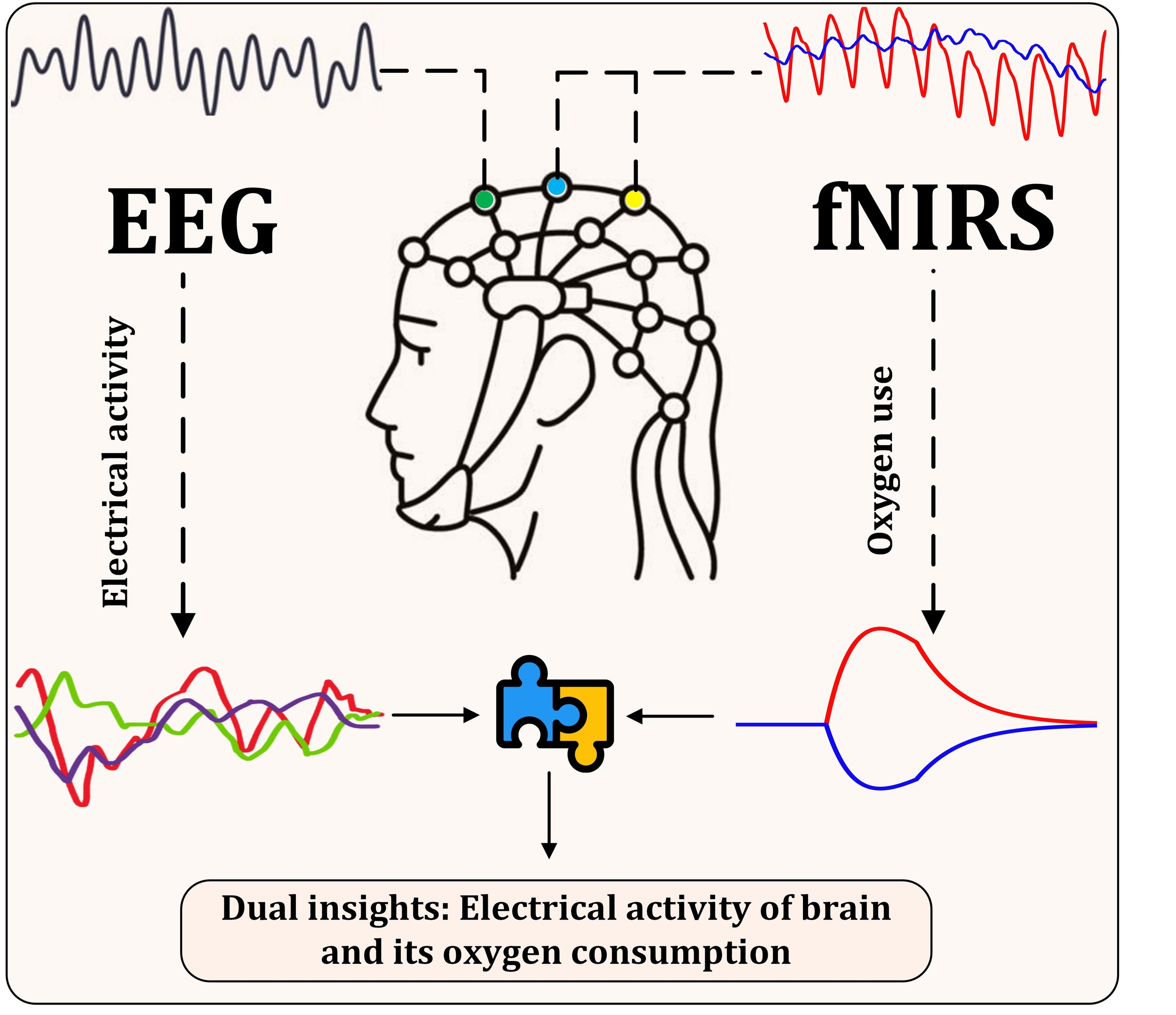
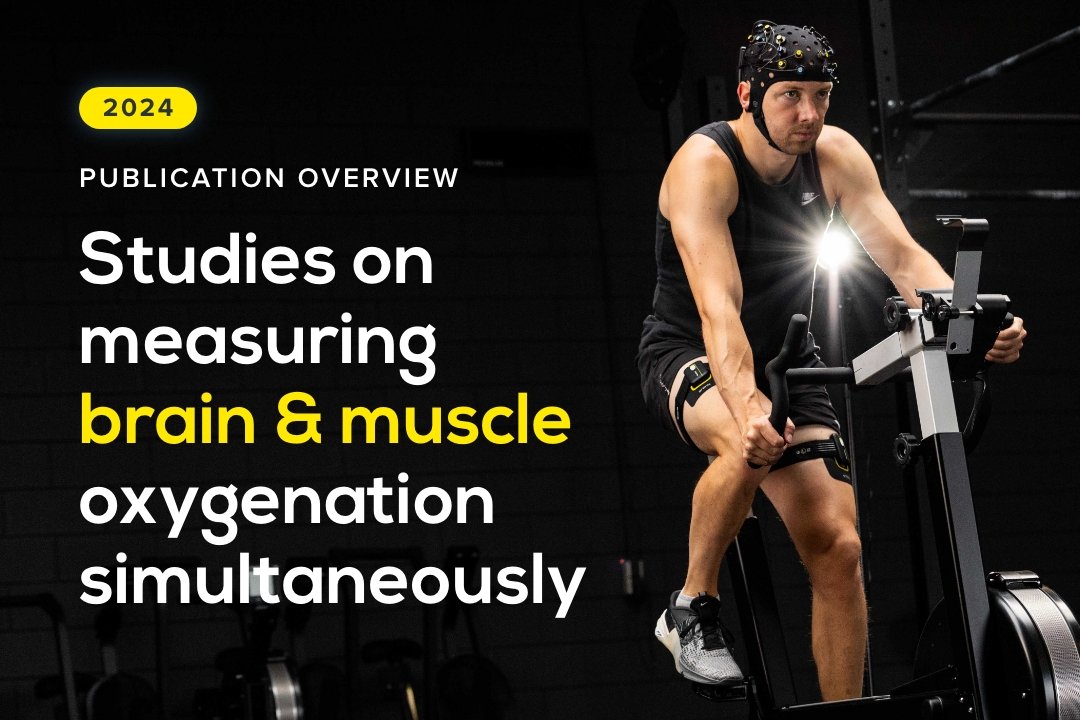
Our fNIRS devices offer a high sampling rate, enabling extraction of additional physiological parameters, including respiratory rate (RR). These parameters can provide important additional information that can be used as adjunction to cerebral activity measures. In this blogpost, the possibility of RR estimation from fNIRS in a resting state is discussed in the form of a case study.